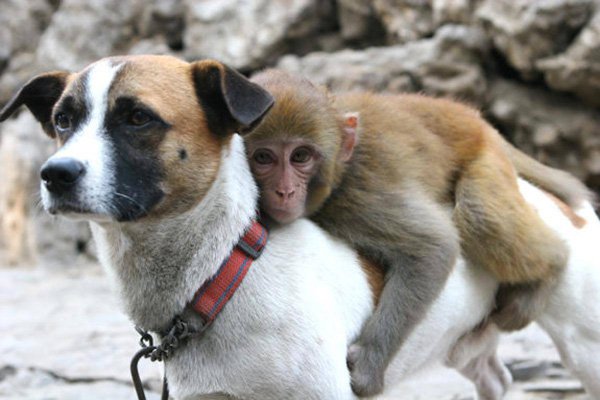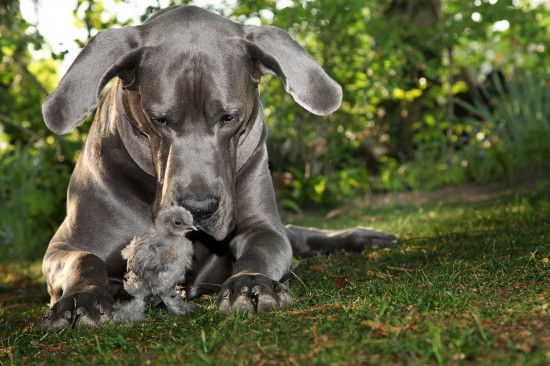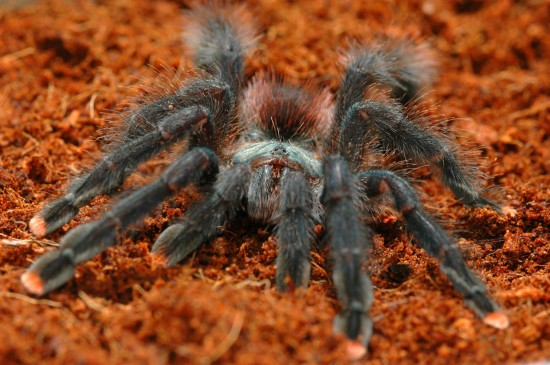


The West Highland terrier, or West Highland white terrier, is a Scottish dog breed that is commonly referred to as the “Westie,” and is classed as a medium sized terrier but a small breed overall. Bright, inquisitive and lively little dogs, the Westie is a popular pet and companion for people of all ages, and is widely owned all across the UK, as well as in many other countries too.
The West highland terrier stands up to 11” tall at the withers and can weigh up to 20lb, with males of the breed tending to be slightly larger than females. They have deep chests, short, muscular legs and bright, almond-shaped eyes, giving them their signature alert and bright appearance.
The coat of the Westie is always white with no other colours, consisting of a rough top coat and a soft, dense and thick undercoat to provide warmth. The fur around the face grows relatively long, giving the muzzle a typically frilled appearance. The coarse top coat is often hand-stripped in adult dogs, to reveal the softer undercoat for showing.
If you are wondering if the bright, lively and fun-loving West Highland terrier is the right choice of dog for you, it is of course important to do plenty of research into the breed before committing to a purchase. This includes finding out as much as possible about the breed’s health, including their average lifespan and if the breed is prone to any hereditary health problems. We will cover these factors in more detail within this article.
The average lifespan of the West Highland terrier is 12-16 years, which provides a lot of variance across the average. Twelve years, at the bottom end of the scale, falls roundly within the average range across the board for all breeds of a similar size and build, while at the top end of the scale, reflects a much longer lifespan than the average for other small dog breeds.
The coefficient of inbreeding statistic for the West Highland terrier is 5.6%, which is below the accepted normal range for pedigree dog breeds of 6.25% or lower. This indicates that the Westie breed as a whole is not subjected to a high level of inbreeding, and that the breed as a whole is genetically diverse and robust.
The West Highland terrier is small, compact and in proportion, and designed to work, run around and be fit and active. Their conformation is considered to be well balanced, and not subjected to ultra-typing or overtyping to a degree that this poses a threat to the breed. The Westie is robust, muscular and yet not heavy, and generally represents a fit, natural and healthy breed appearance.
The British Veterinary Association and The Kennel Club monitor the health of pedigree dog breeds, and make recommendations for pre-breeding health screening where this is deemed to be useful and appropriate in terms of improving the overall health and wellness of the breed.
Pre-breeding health screening for hereditary conditions that are known to be present within the breed can help breeders to make an informed decision on whether or not to breed from their dogs, and can improve the health of individual breed lines and the breed as a whole.
Currently, the following health schemes and tests are available for the West Highland terrier breed:
As well as the known hereditary health issues listed above, the West highland terrier also has risk factors for a range of other conditions, which are either not testable or not prevalent enough across the breed to necessitate full-scale testing schemes. Such issues include:
 Plan Your Chicken Runs or Your Pets May Become Food for Hungry animals
Plan Your Chicken Runs or Your Pets May Become Food for Hu
Plan Your Chicken Runs or Your Pets May Become Food for Hungry animals
Plan Your Chicken Runs or Your Pets May Become Food for Hu
 Keeping Chickens Around Your Pet Dog
Keeping Chickens
Keeping Chickens Around Your Pet Dog
Keeping Chickens
 8 Top Facts About Spiders That You Might Not Know
8 Top Facts About
8 Top Facts About Spiders That You Might Not Know
8 Top Facts About
 Otitis Externa In Dogs
Otitis Externa In
Otitis Externa In Dogs
Otitis Externa In
 Why Its Bad To Feed Table Scraps To Your Cat
Why Its Bad To Fe
Why Its Bad To Feed Table Scraps To Your Cat
Why Its Bad To Fe
Copyright © 2005-2016 Pet Information All Rights Reserved
Contact us: www162date@outlook.com